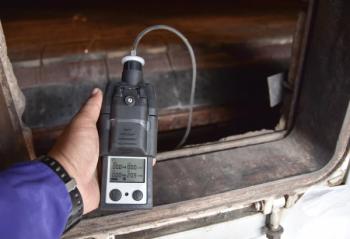
Microarray Scanner Market to be Valued at $1.7 Billion by 2031
Among the products included in this estimate of the industry over the next seven years are fluorescence microarray scanners.
The worldwide microarray scanner market is expected to reach $1.7 billion, in US dollars, in overall sales revenue by the end of 2031, factoring in a compound annual growth rate (CAGR) of 7.5%, according to a new
Dominating this market, the report said, are fluorescence microarray scanners, which are known for their high sensitivity and are widely used in spectroscopy, particularly in genomic applications.
According to this analysis, part of the reason for the growth forecast is the growing competition for market share. Traditional leading manufacturers in the field such as Agilent Technologies, Illumina, and PerkinElmer are being challenged by Bio-Rad Laboratories and Thermo Fisher Scientific, with scientists constantly demanding higher throughput in their instrumentation.
In addition, the emergence of artificial intelligence (AI) algorithm integration with microarray scanners is contributing to enhancements in data analysis, interpretation, and pattern recognition, the report said.
Among the practical applications of microarray scanners are processes of drug discovery, which the scanners assist by providing rapid screening of molecular targets, leading to the identification of potential therapeutic compounds.
Transparency Market Research sees advancements in microarray scanner technology continuing in the next seven years which will continue to drive the market, including even further improved sensitivity, as well as better resolution and automation that improve efficiency and accuracy.
Newsletter
Get essential updates on the latest spectroscopy technologies, regulatory standards, and best practices—subscribe today to Spectroscopy.





